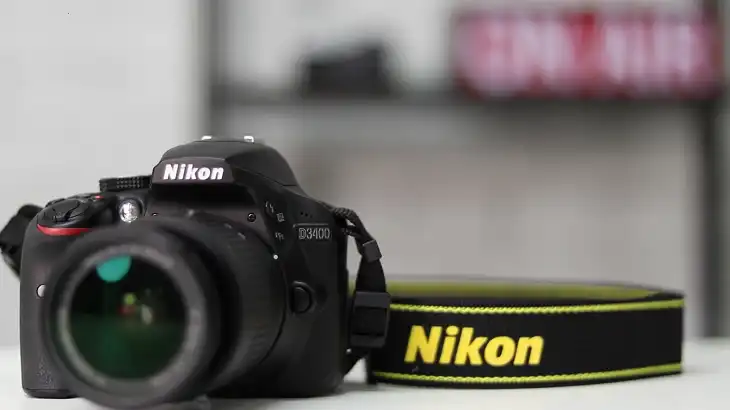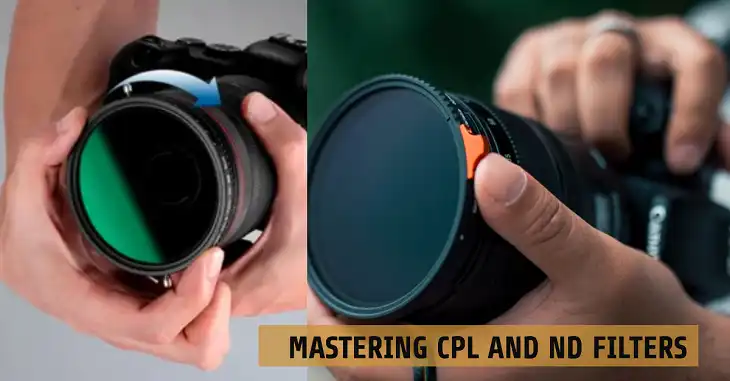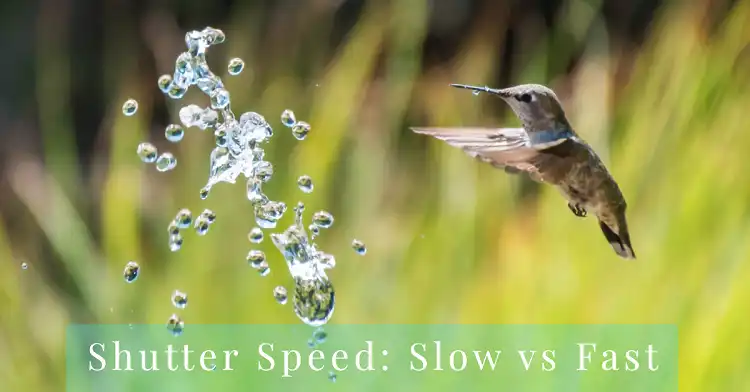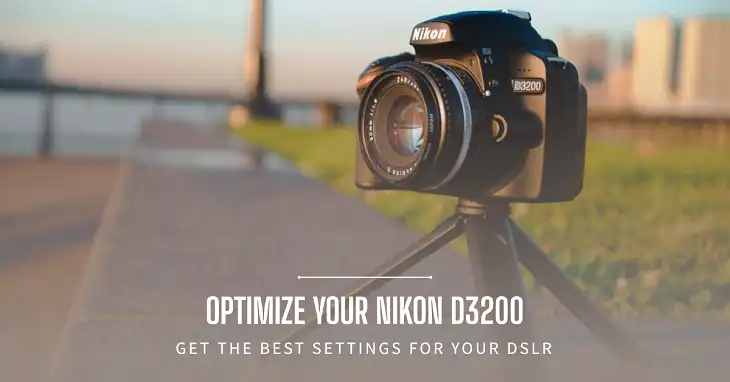Can You Clean Your Camera Sensor with a Microfiber Cloth?
Capturing sharp, clear images is a top priority for any photographer, but a dirty camera sensor can be a major obstacle. Dust and debris on the sensor can create unwanted spots, streaks, or artifacts that distract from your beautiful shots. While using a microfiber cloth may seem like a quick and easy solution, it’s important to understand the risks and proper techniques for safe sensor cleaning.

Why Using Proper Cleaning Tools is a Must for Camera Sensors
At the heart of every digital camera lies the image sensor, a highly precise and calibrated component responsible for capturing light and converting it into digital images. Camera sensors utilize advanced technologies like Charge-Coupled Device (CCD) or Complementary Metal-Oxide-Semiconductor (CMOS) to achieve this feat.
However, these sensors are incredibly delicate and vulnerable to dust, debris, and physical damage. Even the slightest scratch or abrasion on the sensor’s surface can lead to visible defects in your photographs, potentially ruining an otherwise perfect shot.
Risks of Using Microfiber Cloth for Sensor Cleaning
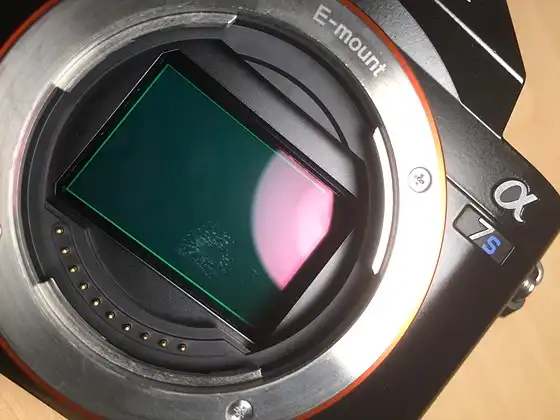
While microfiber cloths are widely used for cleaning various surfaces, including camera lenses and bodies, they are generally not recommended for cleaning the image sensor itself. Here are the main risks associated with using a microfiber cloth for sensor cleaning:
- Potential for Scratches and Abrasions: Microfiber cloths, even those designed for optics, can be too abrasive for the delicate sensor surface. Any trapped dirt or debris on the cloth can act like sandpaper, potentially causing scratches or permanent damage to the sensor.
- Residue and Fiber Shedding: Some microfiber cloths may shed fibers or leave behind lint or residue on the sensor. This can actually attract more dust and debris, leading to further issues down the line.
- Quality Differences: Not all microfiber cloths are created equal. Some may be too coarse or abrasive for sensor cleaning, while others may be more suitable but still pose risks if not used correctly.
What Should You Use to Clean Your Camera Sensor
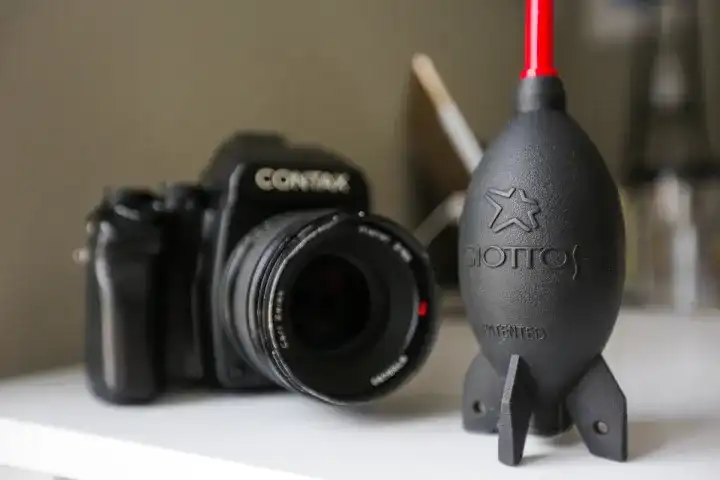
Instead of using a microfiber cloth, it’s highly recommended to invest in proper sensor cleaning tools designed specifically for this delicate task. Here are the essential tools you’ll need:
- Rocket Blower (or Sensor Brush): A rocket blower is a simple but effective tool for dislodging loose dust and debris from the sensor. It uses a powerful burst of air to safely remove particles without making direct contact with the sensor surface.
- Sensor Cleaning Swabs: These specialized swabs are designed with a soft, non-abrasive tip that won’t scratch or damage the sensor. They are the safest and most effective way to physically remove stubborn dirt or stains from the sensor.
- Sensor Cleaning Solution (Optional): For tough stains or dried-on debris, you may need to use a sensor cleaning solution specifically formulated for this purpose. However, use caution and follow the instructions carefully, as improper application can lead to further issues.
It’s crucial to use high-quality sensor cleaning supplies from reputable brands to ensure safe and effective cleaning. Investing in a comprehensive sensor cleaning kit can provide you with all the necessary tools and instructions in one convenient package.
How to Properly Clean Your Camera Sensor
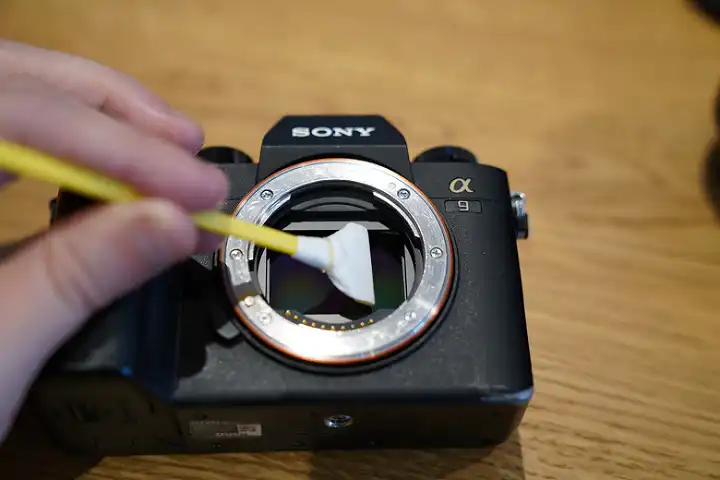
Proper technique is essential when cleaning your camera sensor to avoid any potential damage. Here’s a step-by-step guide to follow:
- Preparation: Begin by turning off your camera and removing the lens. Work in a clean, dust-free environment to prevent introducing new contaminants during the cleaning process.
- Initial Cleaning with Rocket Blower: Use the rocket blower to dislodge any loose dust or debris from the sensor surface. Hold the blower a few inches away from the sensor and give it a few short bursts of air, being careful not to touch the sensor with the nozzle.
- Cleaning with Sensor Swabs (and Solution): If dust or stains remain after the initial blowing, it’s time to use the sensor cleaning swabs. Follow these steps: a. If using a cleaning solution, apply a few drops to the swab tip according to the instructions. b. Gently swipe the swab across the sensor in a single, straight motion, being careful not to apply excessive pressure. c. Use a new swab for each pass, rotating the swab as needed to expose a clean surface. d. Repeat the process with fresh swabs until the sensor is free of visible contaminants.
- Post-Cleaning Inspection: After cleaning, carefully inspect the sensor with a loupe or magnifier to ensure all dust and debris have been removed. If any particles remain, repeat the cleaning process as necessary.
How to Take Care of Your Camera Sensor
In addition to proper cleaning techniques, there are several preventive measures you can take to minimize the amount of dust and debris that accumulates on your camera sensor:
- Minimizing Dust Entry: When changing lenses, work quickly and carefully to minimize the amount of airborne particles that can enter the camera body. Additionally, store your camera with the lens attached whenever possible to prevent dust from settling on the sensor.
- Recommended Cleaning Frequency: How often you need to clean your sensor will depend on your usage and shooting environment. As a general rule, it’s a good idea to inspect and clean the sensor after lens changes or extended use in dusty or outdoor environments.
Warning Signs of Sensor Damage
Even with proper cleaning techniques, it’s possible for the sensor to become damaged over time. Here are some warning signs to watch out for:
- Dark Spots or Streaks in Images: If you notice consistent dark spots, smears, or streaks in your photographs, even after cleaning, it could indicate scratches or physical damage to the sensor surface. Show Image Example of sensor damage visible in photographs
- Visible Damage or Abrasions on the Sensor: Using a loupe or magnifier, carefully inspect the sensor surface itself. If you see visible scratches, abrasions, or other physical damage, it may be time to seek professional help.
Final Words
While microfiber cloths are versatile cleaning tools, they are generally not recommended for cleaning your camera’s delicate image sensor. The risks of scratches, abrasions, and residue make them unsuitable for this task.
Instead, invest in proper sensor cleaning tools like a rocket blower, specialized sensor swabs, and cleaning solutions from reputable brands. Follow a safe and systematic cleaning process, working in a clean environment and using gentle motions to avoid any potential damage.

